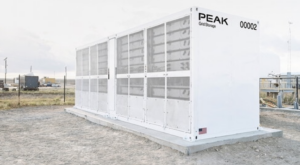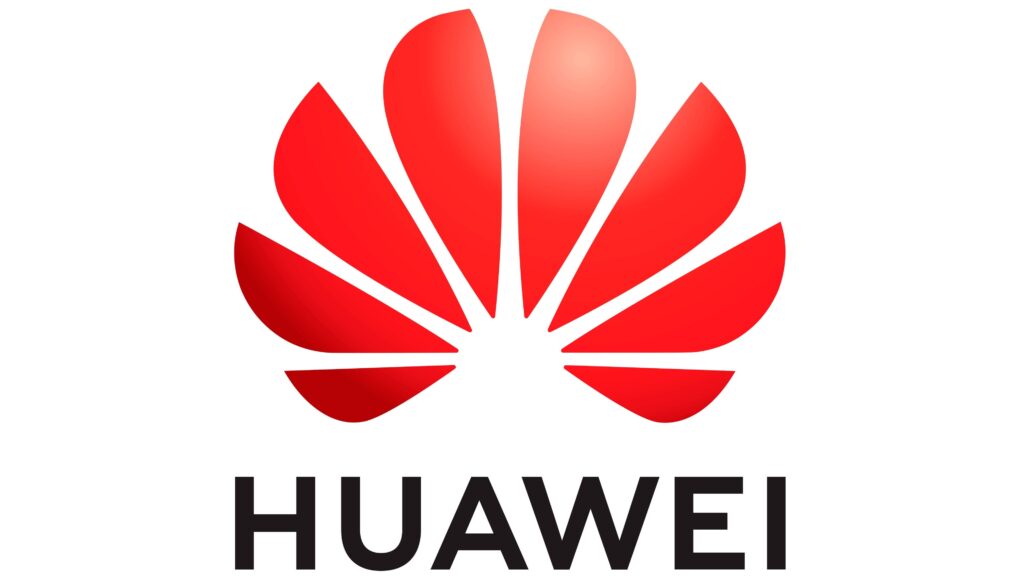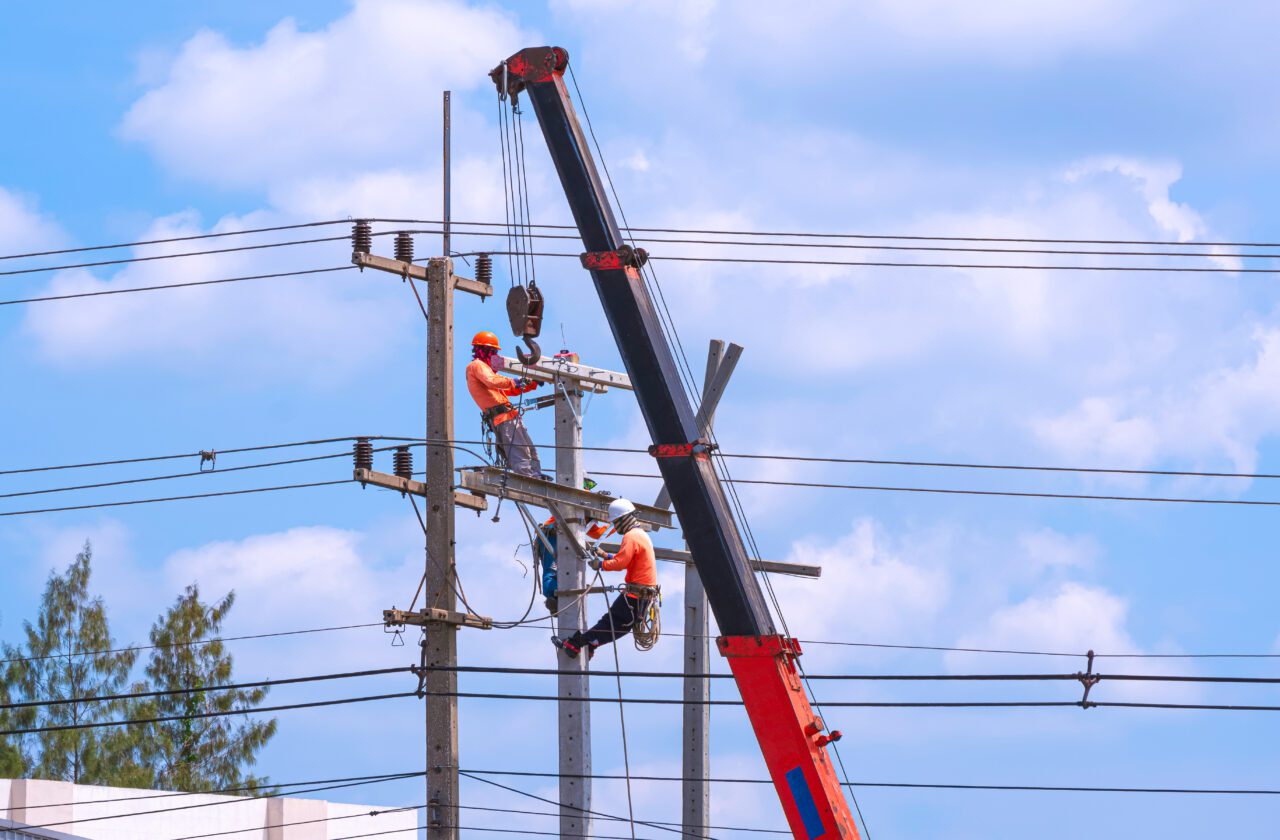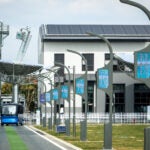The electric power industry is facing numerous challenges, such as the growing demand for power, difficulties integrating renewable energy, and the need to build a sustainable future. These pressures are driving the need for innovative solutions and technologies to improve grid stability. IDS is built to address the issues.
The electric power distribution network can be likened to the human body’s nervous system. It has small lines and capillaries running to all areas of the power grid and its health is vital to the overall system. With the integration of distributed PV solar, and the growth in electric vehicles and other sources of demand, the low-voltage distribution network has become a key area for power grid investment.
“This brings some challenges,” said Jason Li, President of Global Marketing & Solutions for Huawei Electric Power Digitalization BU. Li mentioned high line losses, questionable power supply reliability as demonstrated by high SAIDI and SAIFI metrics, and heavy pressure on new energy load management platforms as specific pain points.
Meanwhile, many countries have aging power grids that are becoming increasingly unreliable and inefficient. “Power outages and disruptions can have severe consequences impacting businesses, communities, and critical services like hospitals and schools,” Li said. “We should build up a strong digital infrastructure to tackle the challenges, and the distribution network is the key part of the whole grid within digitalization,” he added.
IDS Speeds Repairs
Historically, it could take up to three hours or more to restore power following an outage. With digital solutions, that time can be drastically reduced.
“With Huawei IDS equipped, the power outage alarms are sent within one minute, the faults are located in three minutes, and the failures are repaired within 15 minutes,” Li explained. “We call it 1-3-15, the key figures of the solution.”
Notably, edge computing devices and cloud edge synergy architecture enable easy updates to applications and algorithms, enabling utilities to pinpoint problems accurately, find faults swiftly, and minimize onsite maintenance time. “This rapid response capability minimizes the impact of outages on customers and critical services,” said Li.
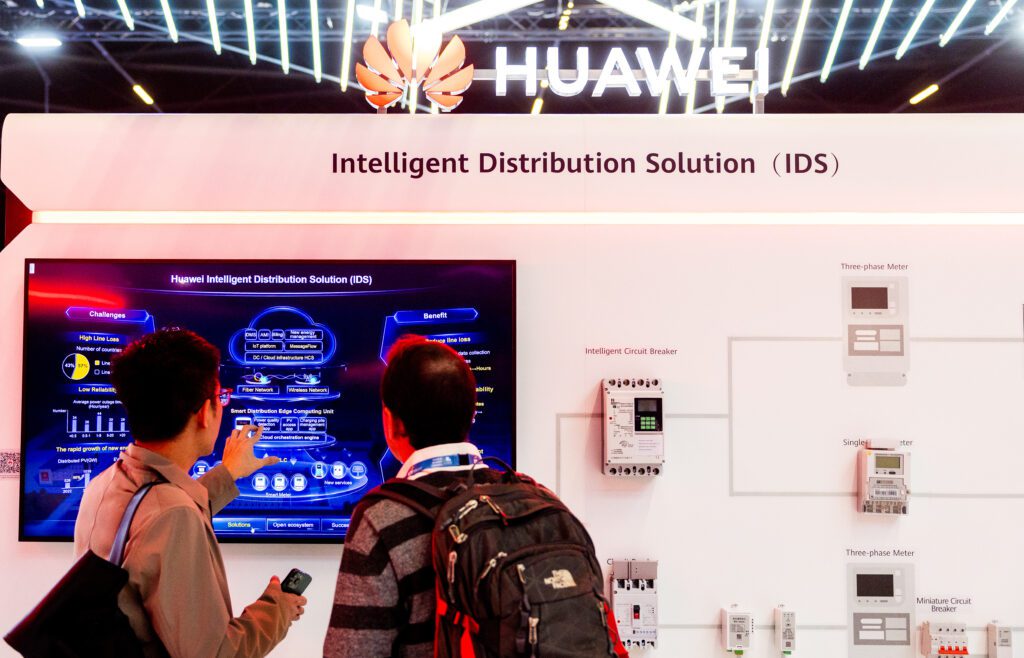
From Consumer to Prosumer
In the past, end-users were strictly electricity customers. However, in today’s world, distributed PV is being connected to the power grid on a large scale. Many end-users can now generate their own electricity for use at home, and when their supply exceeds their demand, they can often sell energy back to the local power company to earn revenue. This has led to the term “prosumer,” meaning the customer is now a combination of producer and consumer.
“The energy landscape is shifting from centralized to distributed,” said Li. “With the rise of distributed energy resources, including rooftop PV, small-scale wind turbines, energy storage systems, and diverse loads, urban distribution networks will be characterized by being active, multi-directional, and multi-level.”
The intermittent output of distributed energy equipment, sudden voltage changes, and power flow fluctuations caused by the reverse power supply will pose new challenges and requirements to the operation and management of urban distribution networks. Therefore, one of the core objectives of the future active distribution network operational management system is to strengthen grid stability under normal conditions and support flexible power access through deep integration of power electronics and ICT technologies. It must also ensure the grid can operate normally and orderly in response to power supply and load fluctuations, as well as during random disturbances, while also minimizing failures.
Three Facets of a Sustainable Future
Li suggested there are three aspects of the power distribution system that must be addressed. “First is meeting growing energy demands,” he said. “As global energy demands continue to rise driven by population growth, industrialization, and technological advancement, the digitalization of power grids becomes imperative. An intelligent distribution solution like IDS enables utilities or providers to meet these increasing demands efficiently and sustainably.”
The second is enabling renewable energy integration. “The transition toward renewable energy resources, such as solar and wind power, requires sophisticated grid management capabilities,” said Li. “IDS facilitates and stimulates integration of these intermittent sources by balancing supply and demand, managing fluctuation, and optimizing energy storage solutions.”
The third is building a sustainable resilient future. “Digital transformation of the power industry not only improves efficiency and reliability, but also contributes to a more sustainable and resilient energy future by enabling the integration of renewable resources, reducing line losses, and optimizing grid operations. Solutions like IDS support the global efforts to combat climate change and also promote clean energy,” he said.

Quantifiable Results
Companies implementing the IDS solution have witnessed the benefits firsthand. For example, State Grid Shaanxi collaborated with Huawei and 28 other partners to install IDS with a cloud-pipe-device-pipe-device architecture. It works as follows:
- On the pipe side (low voltage), HPLC dual-mode power carrier communication can achieve 99.9% communication reliability, support minute-level collection and second-level control, and enable low voltage transparency. This technology ensures observable, measurable, adjustable, controllable, and traceable low voltage. Additionally, software-based transformer district identification accurately identifies household-transformer relationships with over 99% accuracy, providing a basis for line loss analysis and fault locating.
- At the edge, ECUs (edge computing units) serve as intelligent brains and support the integration of multiple terminals in power distribution transformer districts. Cloud-edge synergy enables the quick online upgrade of edge devices in a unified manner. Edge app market and cloud orchestration technologies facilitate the edge management of various services, allowing for different governance policies for each transformer district and flexible autonomy. This approach empowers transformer district managers to become mini CEOs, fostering grassroots creativity.
- On the pipe side (medium voltage), Huawei offers a range of wired and wireless solutions to meet the needs of complex power distribution scenarios and create a highly reliable backhaul communication network for power distribution.
- On the cloud side, visualized and low-code quick app development technologies are provided. The ROMA IoT management platform and MessageFlow cloud orchestration platform support cloud-based app development, one-click cross-platform deployment, and quick remote app upgrades. Cloud-edge synergy allows for the upgrade of 10,000 devices within 10 minutes with a 100% success rate. In addition, Huawei has developed EI graph and time series databases. These databases integrate static information, such as geography, topology, and asset information of lines and devices, with dynamic information, such as the electrical, environmental, and state parameters of transformer districts. This creates transparent and visible transformer district information, which effectively supports onsite operations. With this technology, power theft detection is shortened from days to minutes.
State Grid Shaanxi’s distribution network running status monitoring platform is responsible for displaying dynamic information such as 10-kV lines, transformer district power supply information, and running status on one map. The platform has been connected to 136,495 distribution transformer districts, covering 1,220 power supply stations and 7,183 10-kV lines in 11 cities of the province to date. This means directors of power supply stations and transformer district managers are given information in a timely manner. This platform proactively senses faults in distribution and transformation devices at power supply stations, which improves the intelligent management of these devices as well as the safe operation of power distribution networks.
“Although I’m not at liberty to divulge specific details, in Shaanxi, we helped the customer significantly reduce line losses and markedly improve reliability as measured by its SAIDI metrics,” Li said. Perhaps even more importantly, through these initiatives, the resilience of the power system is enhanced. “This helps the customer manage load appropriately at critical times, such as summer and winter when electricity demand is particularly high, to ensure system stability and continuous supply,” Li explained.
Beyond State Grid Shaanxi, Huawei’s Intelligent Distribution Solution has shown promising results in initial tests across multiple countries in the Middle East, Asia, and Africa. Significant advancements have been made thanks to improved IoT management and flexible IoT app development platforms, as well as widely applied ECUs. These technologies address the increasing demand for digital and intelligent transformation in power distribution and consumption.





